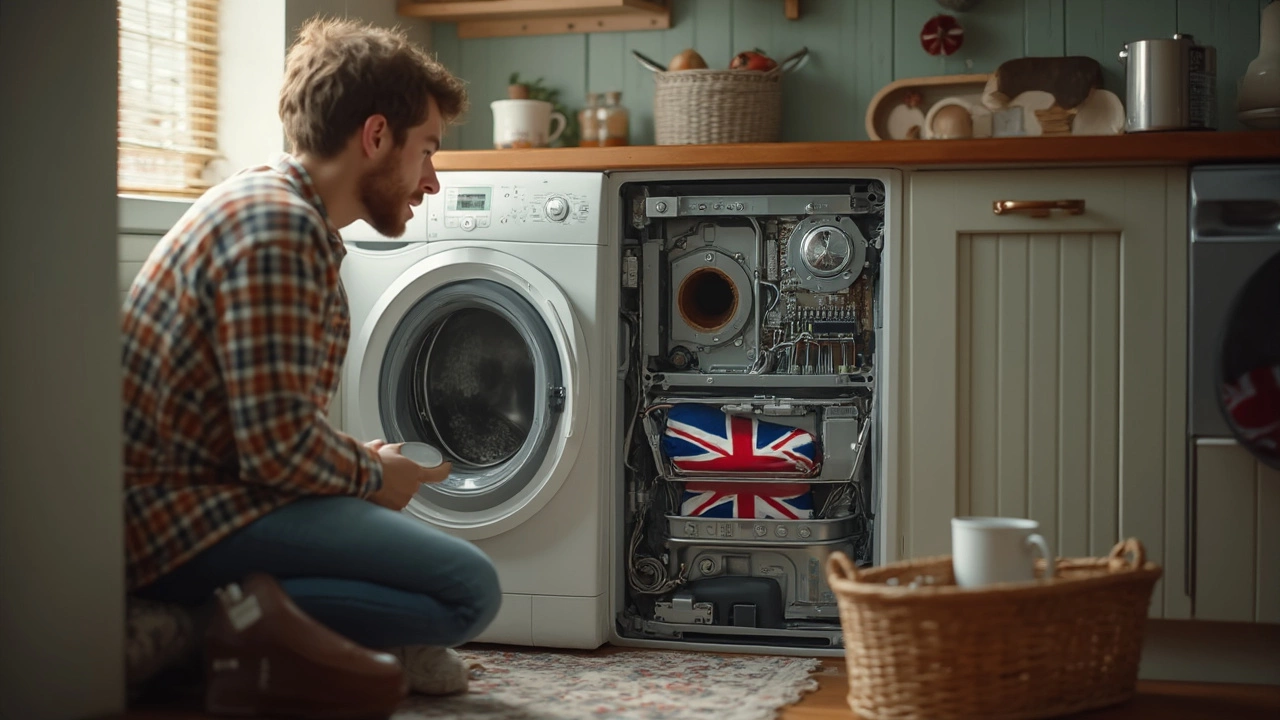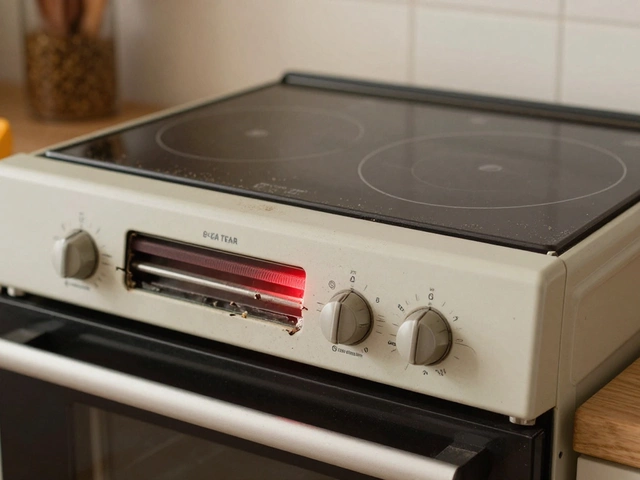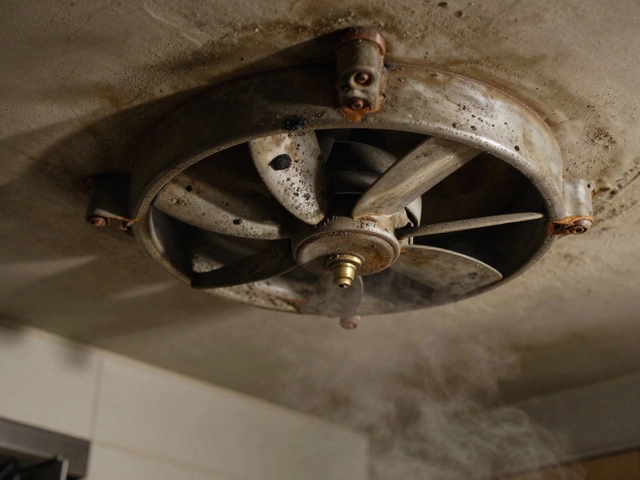Drum – How It Works and Common Problems
When dealing with drum, the rotating cylinder inside a washing machine or dryer that holds laundry while it tumbles. Also known as rotating tub, the drum is the heart of any laundry appliance. It works hand‑in‑hand with the washing machine, a household device that cleans clothes using water, detergent, and agitation and the dryer, a machine that removes moisture from fabrics by tumbling them with hot air. Together they create the spin cycle, the high‑speed rotation that extracts water from laundry before the final rinse or drying step. Understanding how these pieces fit lets you spot wear early, keep the drum balanced, and avoid costly service calls.
Key Parts, Typical Faults, and How to Spot Them
The drum’s performance hinges on a few critical components. Drum bearings enable smooth rotation; when they wear out you’ll hear grinding noises or feel excessive vibration. Drum seals (or gaskets) keep water from leaking out of the tub; a cracked seal often leads to puddles on the floor after a wash. The drive belt (in many machines) transfers motor power to the drum; a stretched or broken belt stops the drum from turning altogether. Each of these parts is linked: worn bearings can strain the belt, and a faulty seal can cause corrosion that damages bearings. If you notice any of these signs—loud squealing, water leakage, or a drum that won’t spin—run a quick visual check and listen carefully. Most problems are easy to diagnose: a broken belt is a simple visual inspection, while bearing wear may need the drum removed for a closer look.
Below you’ll find a curated list of articles that walk you through diagnosing and fixing these exact issues—from checking drum balance to replacing seals and bearings. Whether you’re a DIY‑savvy homeowner or just want to know what to expect from a professional, the guides cover everything you need to keep your laundry appliances humming. Dive into the posts for step‑by‑step instructions, safety tips, and cost estimates, so you can decide if a quick fix is possible or if it’s time to call in a specialist.
Wondering what hits your wallet hardest when your washing machine breaks? This article uncovers the priciest part to swap out and reveals why it costs so much. You'll get real-world numbers, tips for deciding whether to fix or toss, and advice on spotting early warning signs. Learn which repairs can be DIY and how to dodge common mistakes. Save yourself time, cash, and headaches by figuring out the best move before calling in the pros.


